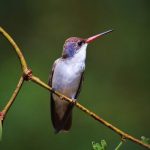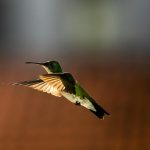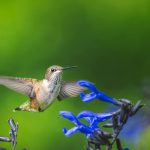Hummingbirds are fascinating creatures known for their incredible speed and agility. These tiny birds have a high metabolism and need a constant supply of nectar for energy. Many people attract hummingbirds to their gardens by providing feeders filled with sweet nectar. But how do hummingbirds actually find these feeders? Let’s explore the fascinating ways in which hummingbirds locate their food sources:
1. Visual Cues
Hummingbirds have excellent vision and are attracted to bright colors. Here’s how visual cues help them find feeders:
- Bright Colors: Hummingbird feeders are often designed with bright red or orange colors, which mimic the vibrant hues of nectar-rich flowers. These colors are highly attractive to hummingbirds and catch their attention from a distance.
- Movement: Hummingbirds are also attracted to movement. Many feeders have built-in mechanisms, such as swinging perches or nectar ports that mimic the swaying motion of flowers in the breeze. The movement of these feeders helps grab the attention of hummingbirds and guides them towards the food source.
- Strategic Placement: Placing feeders in open, visible areas can help hummingbirds spot them more easily. By positioning feeders near flowers or in areas where hummingbirds frequently perch, you increase the chances of attracting their attention.
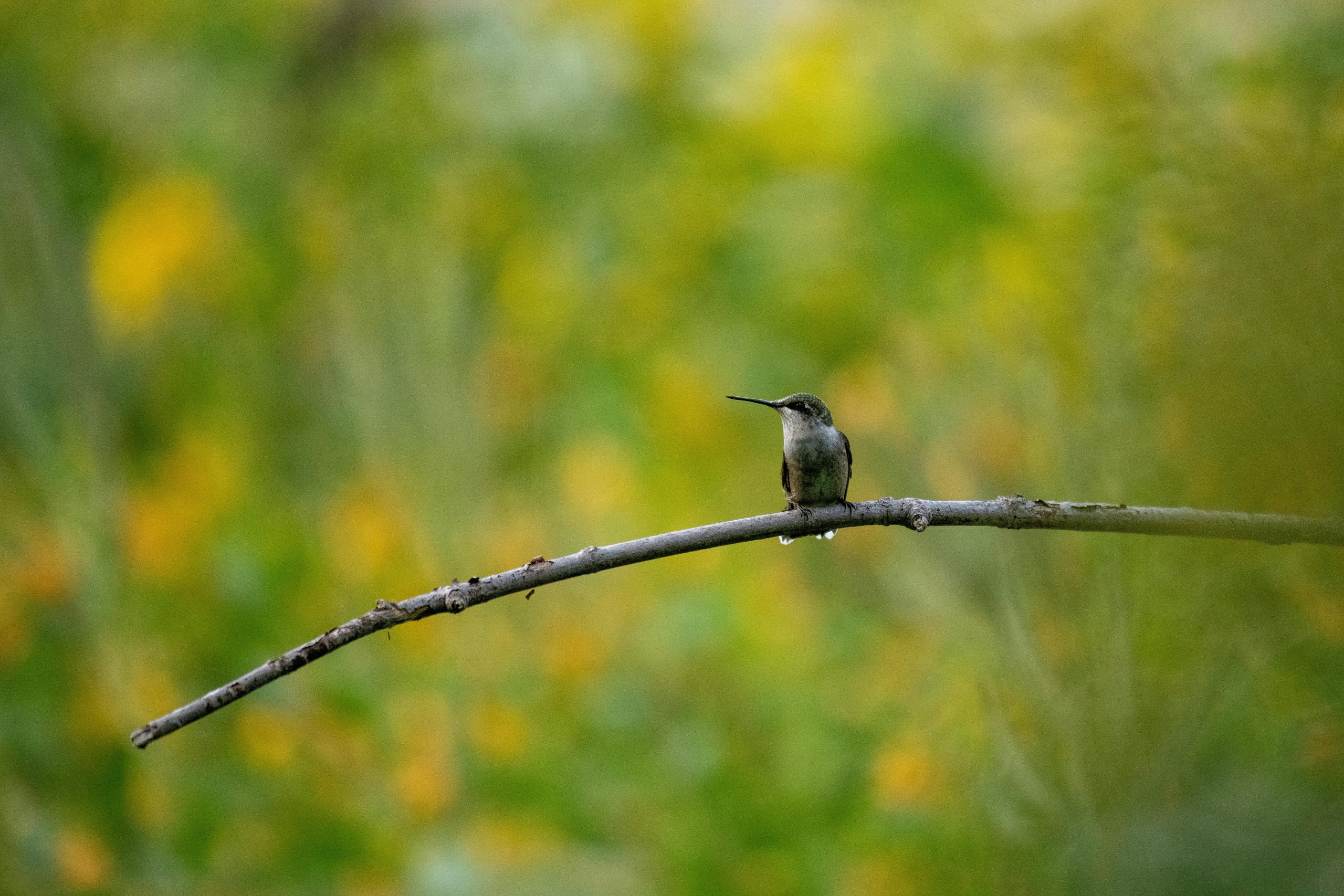
2. Memory and Spatial Awareness
Hummingbirds have remarkable memory and spatial awareness skills. Here’s how they use these abilities to find feeders:
- Memory: Hummingbirds have the ability to remember the location of reliable food sources. Once they find a feeder, they memorize its position and return to it whenever they need to refuel. This memory allows them to establish regular feeding routes.
- Mapping Skills: Hummingbirds are known to have impressive spatial awareness. They can map out their environment and remember the locations of various food sources, including feeders. This spatial awareness helps them navigate back to feeders even if they are located in different areas of their territory.
- Feeder Consistency: Hummingbirds prefer reliable food sources. If you consistently maintain and refill your feeder, hummingbirds will remember its location and return to it regularly. Establishing a routine and providing a consistent food source will encourage their frequent visits.
3. Scent and Smell
While hummingbirds primarily rely on visual cues, scent can also play a role in attracting them to feeders:
- Nectar Fragrance: The scent of the nectar itself can attract hummingbirds. Many nectar solutions used in feeders are scented to resemble the natural fragrance of flowers. Hummingbirds have a keen sense of smell and can detect these scents, helping them locate the feeders.
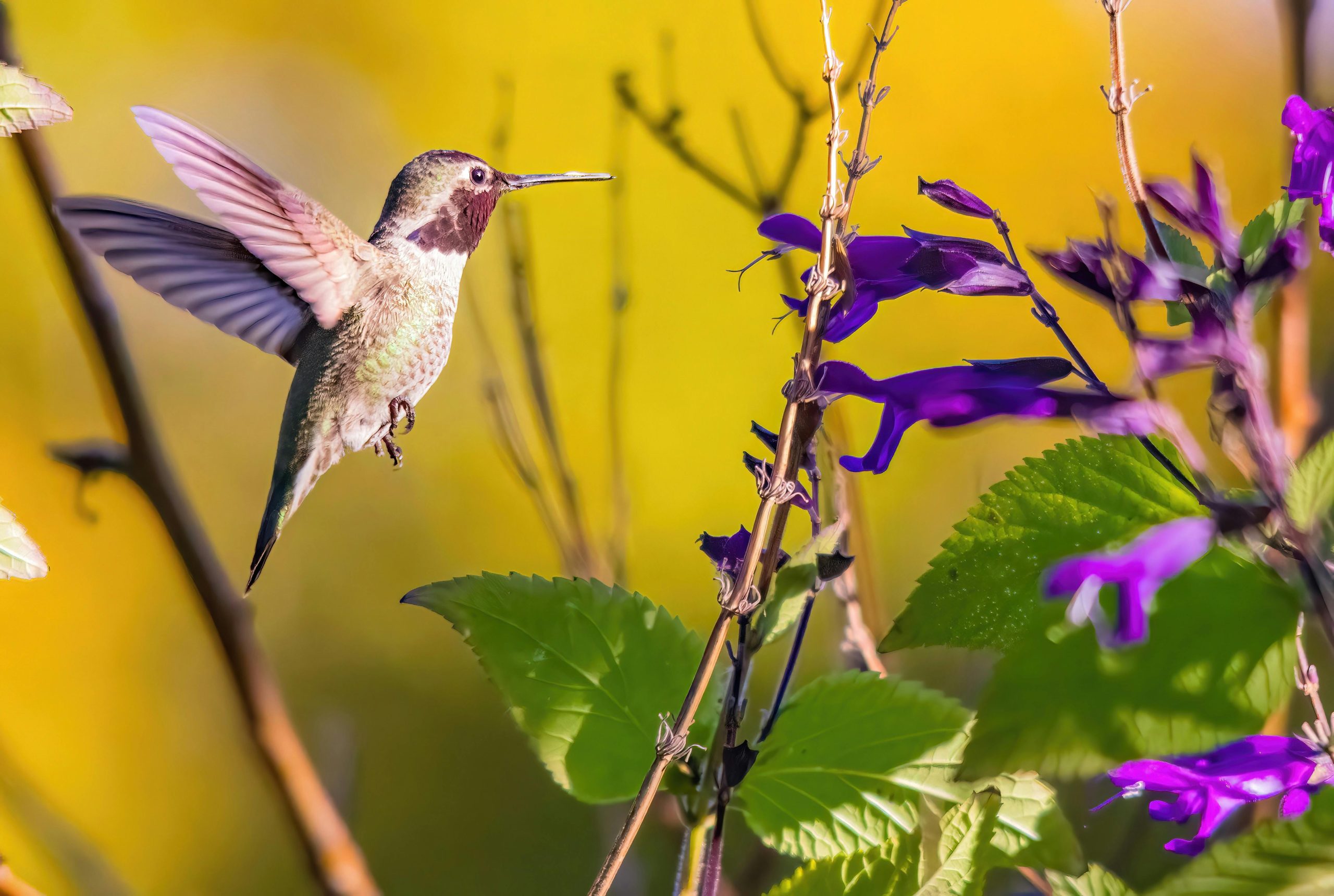
- Floral Fragrances: Placing feeders near nectar-rich flowers can enhance their attractiveness. Hummingbirds are drawn to the scents of flowers, and having flowers nearby can help guide them to the feeders. The combined scent of the flowers and the nectar can create a powerful olfactory signal for hummingbirds.
4. Vocalizations and Chirping
Hummingbirds use vocalizations and chirping as a means of communication. Here’s how it helps them find feeders:
- Chirping Sounds: Hummingbirds produce distinctive chirping sounds, especially during territorial disputes or courtship displays. These chirping sounds can serve as a signal to other hummingbirds that a food source, such as a feeder, is nearby. Hearing these vocalizations, other hummingbirds may investigate and find the feeder.
- Chatter and Calls: Hummingbirds also communicate through various calls and chatter. They may emit specific vocalizations when they find a food source. These vocalizations can attract other hummingbirds and guide them towards the feeder.
- Learning from Others: Hummingbirds can learn from each other’s behavior. If one hummingbird discovers a feeder, it may communicate this information to other hummingbirds in its vicinity. This social learning helps spread the knowledge of feeder locations within the hummingbird community.
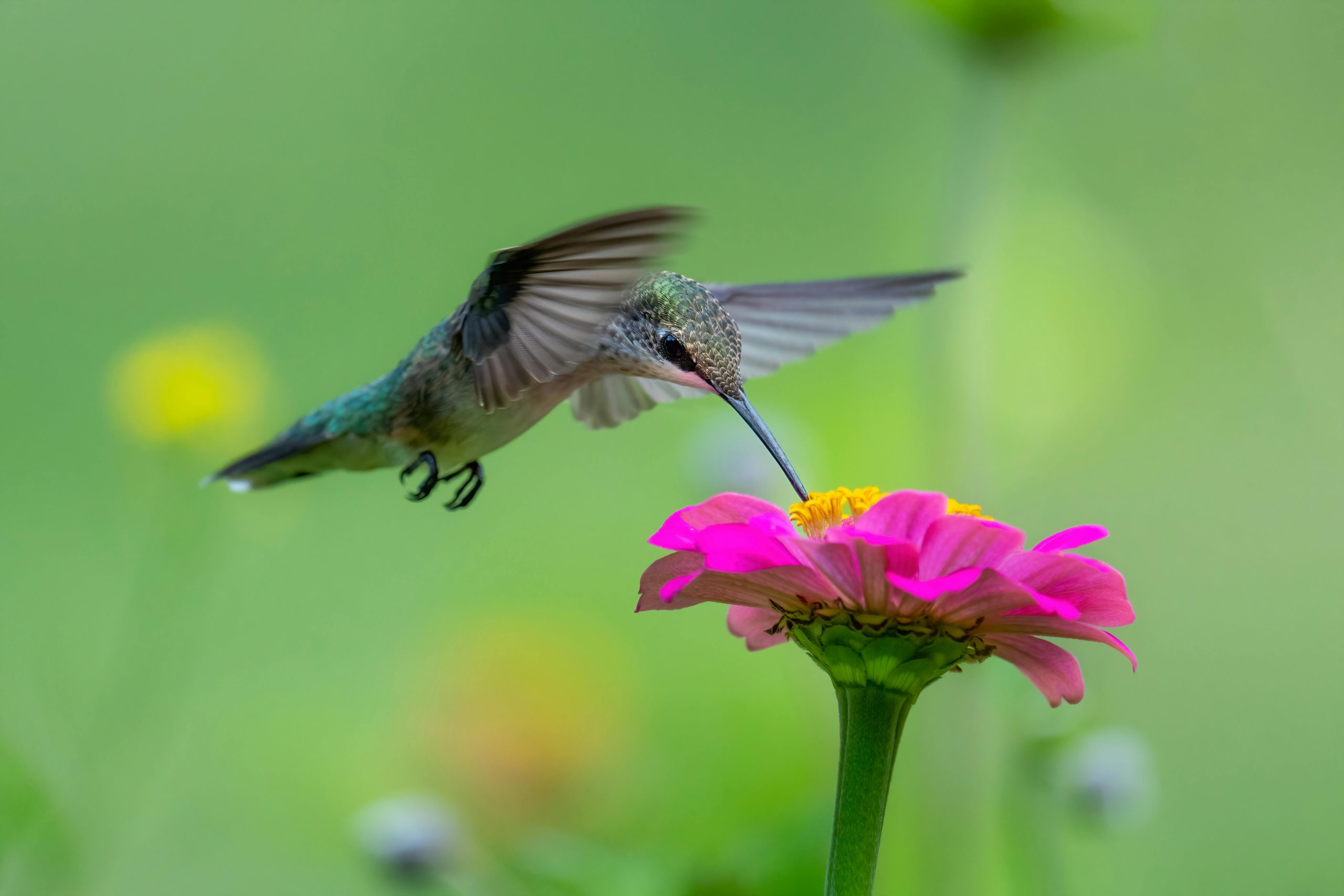
5. Exploratory Behavior
Hummingbirds are curious and exploratory creatures. Here’s how their exploratory behavior helps them find feeders:
- Searching for Resources: Hummingbirds actively search for food sources in their environment. They explore different areas, including gardens, parks, and natural habitats, in search of nectar-rich flowers. During their exploration, they may come across feeders and learn to associate them with a food source.
- Sampling Behavior: Hummingbirds engage in sampling behavior, where they try different food sources to determine their quality and availability. If a hummingbird encounters a feeder and finds it filled with sweet and fresh nectar, it is likely to revisit the feeder in the future.
- Adaptability: Hummingbirds are adaptable and can adjust their foraging strategies based on resource availability. If they find a reliable food source, such as a well-maintained feeder, they will incorporate it into their foraging routine and return to it regularly.
Conclusion
Hummingbirds have remarkable abilities that help them locate feeders. Through visual cues, memory and spatial awareness, scent and smell, vocalizations and chirping, and exploratory behavior, hummingbirds successfully find the sweet nectar provided in feeders. By understanding these mechanisms, you can enhance your chances of attracting hummingbirds to your garden or outdoor space by providing them with a reliable and enticing food source.

